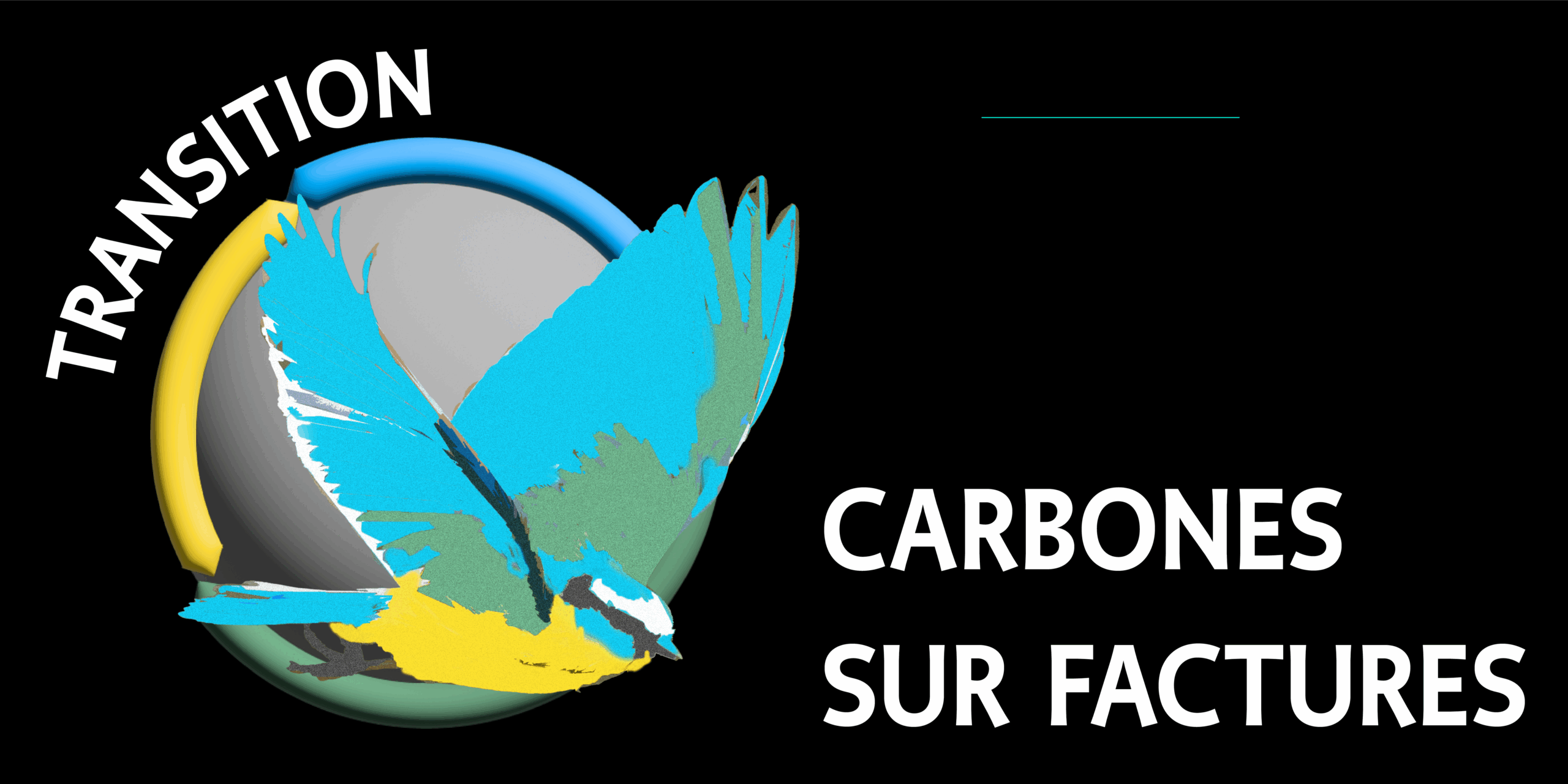Companies
This page describes one of the possible roles for a carbon on invoices precursor, which aims to associate each product or service with its precise and truthful greenhouse gas weight (or « carbon footprint »). The list of roles is at the bottom of the page.
Page enriched by discussions between subscribers
The climate challenge is causing every company to reinvent its purchasing, production methods and offering.
The largest companies already have a strategic tool in the form of their « carbon footprint », which tells them how much greenhouse gas they need to produce their products or services, and which guides them to reduce their climate risk. A few thousand companies are already equipped and more are coming on stream every day. This is still low compared to the 4 million French companies.
An accurate and honest carbon footprint provides a measure of the exposure of the company’s production to climate risk : carbons are likely to become scarcer, more expensive, more controlled. The footprint shows the extent of the risk ; from which purchases or production processes it comes. It provides the means to control it, and therefore to steer its carbon trajectory, through its purchasing or innovation policy and the revision of its production processes. The footprint enables the company to demonstrate its efforts to its partners : the company’s footprint and that of its products is increasingly useful to the company’s customers and financiers.
Carbon on Invoices is the name of a climate innovation which, in a few years, has made it possible to provide all companies, even the smallest ones, with their carbon footprint and the strategic information that it provides, virtually free of charge. It relies on cooperation along the production and distribution chains and on the company’s accountant who will allocate the carbons he finds on the suppliers’ invoices to the customers’ invoices (see the mechanism)
Carbon on Invoices is also the name of a full-scale experiment to test the innovation and get it off the ground. The first step is to define a common charter for the Carbon on invoices Precursors, describing the commitments they make and from which they benefit from the other Precursors. This page is dedicated to the « company » part of the charter, in the roles of buyer, producer and seller of the company.
For the collective interest, it is a formidable accelerator of the climate transition (see why).
It is also a great operation for each Precursor company : it puts itself in a position to take better decisions more quickly, if it does not yet have its footprint ; and, whether it has it or not, it reinforces its reputation with all its partners as being capable of « playing as a team », particularly with its customers : passing on the carbon on the invoices is a strong comparative advantage today, not providing them will be a handicap tomorrow.
-
- Its accountant is a precursor, applying the principles of the carbon component of accounting*.
- The company tells its suppliers that it will gradually introduce this criterion into its criteria (with a link explaining C/f).
- The company indicates that it a) can now indicate the carbon footprint of its products on its invoices (if it already has its footprint); or b) is in a position to do so**.
- If funding is available, the company indicates that it a) can pass on its footprint to its financier; or b) is in a position to do so**.
If the company is a primary carbon producer, it supports the creation of a precursor primary carbon assessor if one does not already exist.
*A minimal management overhead for small Precursor companies.
** For a Precursor company that does not yet have a full carbon footprint, it is necessary to define how it signals that it is a Precursor « in the making », and when the quality of the footprint is considered sufficient to use it (to avoid unfair competition and misleading advertising).
Having its greenhouse gas weight on each product represents a fabulous accelerator of the climate transition
-
- Every company, city, administration, and individual get the information to manage their climate risk.
- Political, economic, and financial institutions are entering into a virtuous climate competition.
- The political debate is based on a simple and sincere measure that improves the efficiency and equity of climate effort.
